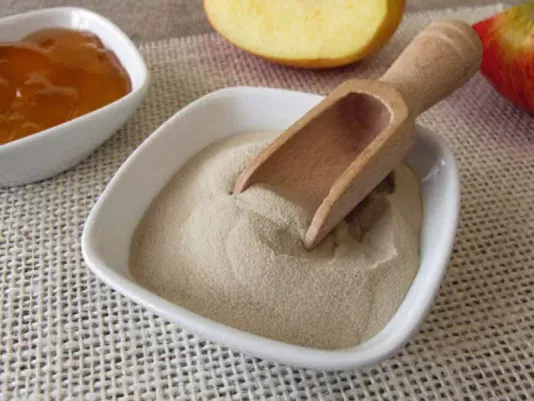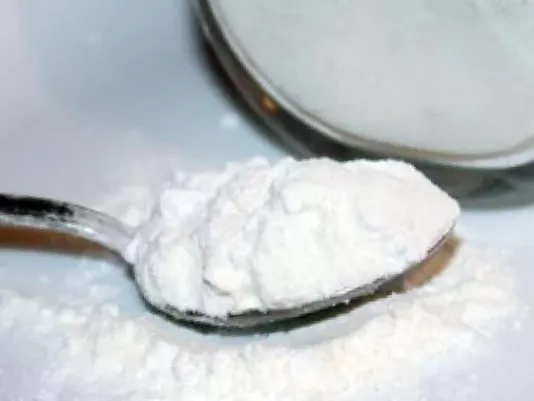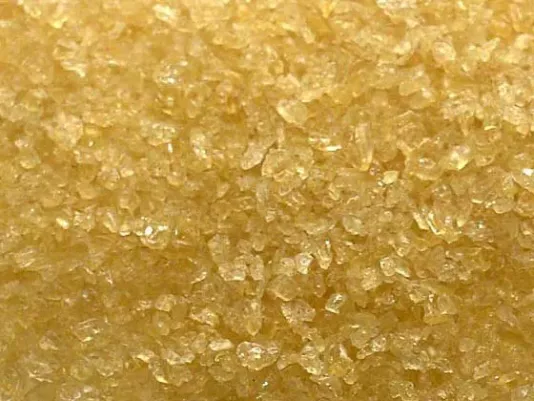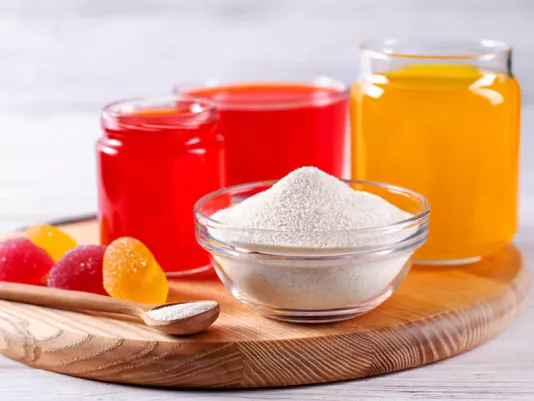Gelling and Leavening Agents
Gelling agents and leavening agents have always played a key role in my cooking practice because they form the foundation of a dish’s texture. I often use agar-agar to make jelly or confectionery creams, as it creates a firm yet delicate structure that holds its shape perfectly. Gelatin allows me to prepare mousses, cheesecakes, and other desserts with a light, creamy consistency. Pectin has become my indispensable helper in making homemade jams and marmalade, as it preserves the natural taste of fruits while giving the mass the right thickness. Yeast – both dry and fresh – are always in my kitchen because they give dough airiness and a unique aroma. Baking powder and soda are simple but effective ingredients that always make baked goods light and tender. And rice paper opens up completely different culinary possibilities, allowing me to make light rolls and no-bake desserts. For me, all these substances are not just auxiliary ingredients but a true foundation for culinary experiments, defining the quality and taste of the final dish.
Different Types of Gelling Agents and Leavening Agents
Agar-Agar and Its Uses
Agar-agar was a real discovery for me when I first tried to replace gelatin with it in desserts. It is plant-based, making it suitable even for those who follow vegetarian or fasting diets. I use it to make jelly, mousses, fruit cakes, and even marmalade. Its main advantage is its ability to form a strong structure that doesn’t melt at room temperature, which is especially convenient in summer. At first, it seemed difficult for me to measure agar-agar correctly, as too much can make the dessert too firm, but with experience, I learned to find the balance. I love combining it with fruit juices or purees, resulting in clear and colorful desserts that look very appetizing. Agar-agar allows me to experiment freely and create dishes that look professional even in a home kitchen.
Gelatin in Dessert Preparation
I have been using gelatin for many years, and it has always remained a reliable ingredient in dessert preparation. It helps create delicate mousses, soufflés, puddings, and cheesecakes with a light consistency and pleasant texture. I often add it to creams to help them hold their shape, especially when making multi-layered cakes. When working with gelatin, it is important to soak and dissolve it correctly – if rushed, it can clump and form lumps. Over time, I developed my own method: I always soak sheets or granules in cold water and then dissolve them in a water bath without bringing them to a boil. This ensures the perfect result, and the dessert turns out smooth and delicate. For me, gelatin is a universal product that allows me to diversify the menu and prepare dishes that impress with their lightness and refinement.
Yeast, Baking Soda, and Baking Powder in Baking
I use yeast every time I want to get fluffy, aromatic dough with a distinct homemade flavor. Fresh yeast gives baked goods a tender texture, while dry yeast is convenient because it stores well and is easy to add to recipes. They are indispensable for making bread, buns, or pizza – the dough always turns out elastic and rises well. Baking soda is a simple yet very effective ingredient for me. Combined with fermented dairy products or citric acid, it works as a leavening agent, making baked goods light and porous. I often use it for pancakes or muffins when I need to quickly prepare something tasty. I use ready-made baking powder when a stable result is important, such as in sponge cakes or muffins. It ensures that the dough rises evenly and has the right texture. All these ingredients together give me confidence that baked goods will always turn out well, no matter the recipe.
Pectin in Homemade Desserts
I discovered pectin when I started making jams and marmalade more actively. It helps give fruit mixtures the right thickness while preserving their natural taste and color. Thanks to pectin, I can cook jam much faster, as it shortens the cooking time and prevents fruits from overcooking. As a result, they keep their fresh aroma and brightness. I also use pectin in preparing fruit jelly and candied fruits – desserts turn out firm but not overly hard, with a pleasant springiness. It is very important to distribute pectin properly in the mixture, so I always mix it with sugar before adding it to avoid clumps. This ensures a smooth texture and a nice look for the finished product. For me, pectin has become an indispensable ingredient during the summer season, when there are plenty of berries and fruits, and I want to preserve their taste for a long time in the form of homemade preserves.
Rice Paper in Cooking
I use rice paper when I want to prepare light snacks or original no-bake desserts. It is convenient because it doesn’t require complicated processing: just soak a sheet in warm water for a few seconds, and it becomes soft and elastic. I often make rolls with vegetables, shrimp, or chicken, which turn out light yet filling. In desserts, rice paper helps create interesting textures – for example, I wrap fruits or creamy fillings in it, making delicate sweet rolls. It has almost no flavor of its own, so it pairs perfectly with various ingredients, enhancing their taste and aroma. In addition, it is a low-calorie product, which makes it especially appealing to those who watch their diet. For me, rice paper is an opportunity to diversify the menu with simple yet impressive dishes that always look fresh and modern.







